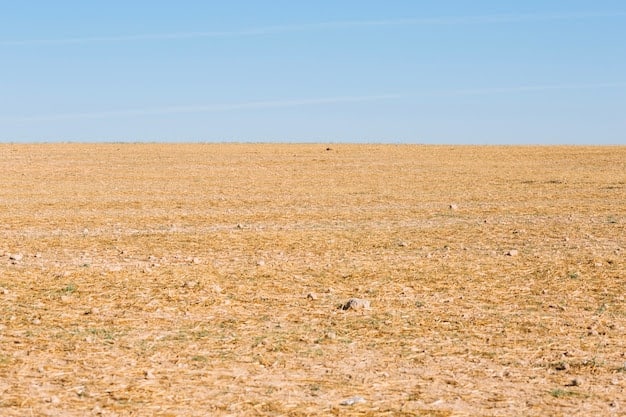
What are essential climate variables?
The international GCOS program (the Global Climate Observing System) was set up in 1982 with the aim of defining a global climate observing system to meet the requirements of the United Nations Framework Convention on Climate Change.
The program was initiated by the International Council for Science (ICSU) and three international organizations, respectively responsible for meteorology (the World Meteorological Organization), oceanography (the Intergovernmental Oceanographic Commission) and the environment (the United Nations Environment Programme).
One of the first actions of the GCOS was to identify the climate variables needed to support the work of the Convention and the Intergovernmental Panel on Climate Change (IPCC). These variables, known as Essential Climate Variables (ECVs), currently number 50, and have been chosen not only for their importance, but also because they are technically and economically accessible to systematic observation.
The notion of “essential climate variable” derives, in part, from that of “essential data” defined by Resolution 40 of the World Meteorological Organization (WMO). These data are freely exchanged between WMO member countries. However, climate requires homogeneous data series of very long duration. For this reason, the GCOS has supplemented the list of essential climate variables with very detailed recommendations concerning the characteristics required in terms of spatial and temporal resolution, and measurement accuracy for each of them.
The table below lists the essential climate variables, divided into the three classic domains:
Atmosphere, ocean and continental surfaces. The order of the variables in this table is arbitrary and in no way reflects an indicator of relative priority. Depending on the case, these variables may be measured from the Earth’s surface, from airborne platforms (aircraft, balloons), by satellite or from instruments submerged beneath the ocean surface.
| Domain | Essential climate variable |
|---|---|
| Atmosphere (over land, ocean and ice | Surface: air temperature, precipitation, pressure, surface radiation balance, wind speed and direction, humidity. Aloft: temperature, wind speed and direction, humidity, cloud properties, radiation balance (including solar irradiance). Composition: carbon dioxide, methane and other long-lived greenhouse gases, ozone and aerosols and their precursors. |
| Ocean | Ocean Surface: sea surface temperature, surface salinity, sea level, sea state, sea ice, surface currents, ocean color, partial pressure of carbon dioxide, acidity, phytoplankton. Sub-surface: temperature, salinity, currents, nutrients, partial pressure of carbon dioxide, oxygen, acidity, ocean tracers. |
| Land: | River flow, water use, groundwater, lakes, snow cover, glaciers and ice caps, permafrost, albedo, land cover (including vegetation type), fraction of absorbed photosynthetically active radiation (fAPAR), leaf area index (LAI), above-ground biomass, soil carbon, fire-induced disturbance, soil moisture. |
These are the variables for which international collaboration and exchange are needed to exploit current observations and retrieve historical data. Many organizations around the world – such as space agencies, national meteorological services and ocean research organizations – are focusing their efforts on acquiring measurements and producing long data series of these essential climate variables that meet the specifications set by the GCOS.
More information




